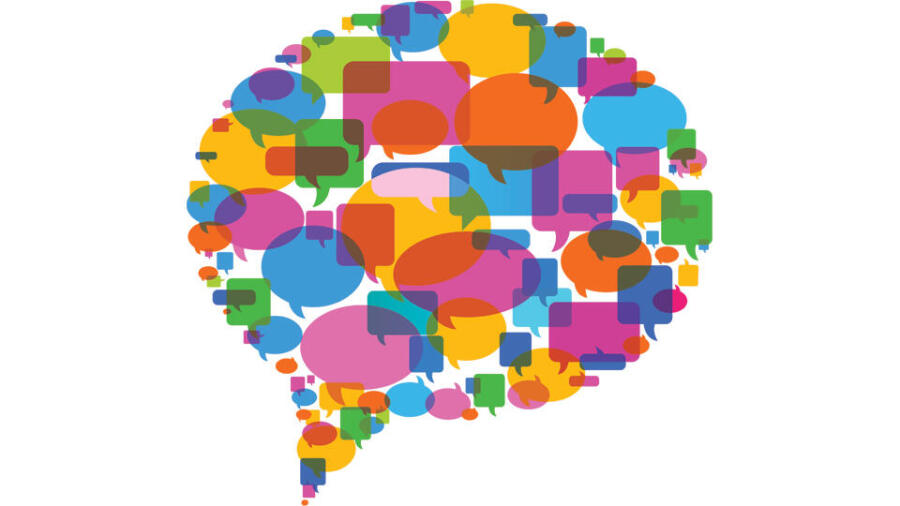Summer vacation is over. It’s the beginning of a new work year for me.
I’ve been in this industry for almost 20 years now. September has always felt like a new beginning. Of course, January is the traditional start but it is also an intense time of big sales — people trying out their new devices — and time seems to fly by. Like many others I’m very focused on short-term goals in January.
September, when the temperature of the air begins to drop, feels more like a more important change. It’s a transition to our next year.
September, when the temperature of the air begins to drop, feels more like a more important change. It’s a transition to our next year.
I’ve been reflecting over the summer about what types of changes I’d like to implement over the next 12 months in my organization. I’ll lay out three of them. They are mainly about the “soft” stuff that leads to real, “hard” results.
Here are the three changes I would like to make.
The first is about how we talk. The Paysite Meetup is a success in part because there is a real difference between discussion and dialogue. Discussion is an exchange of views that usually doesn’t change minds. Dialogue, on the other hand, can help each of us to add to a pool of collective meaning and find new perspectives.
There are some necessary conditions for this to happen. People have to be vulnerable. To do that we have to feel safe. We also need to really want the outcome of dialogue (more shared knowledge). So, we need a facilitator and an environment that is explicitly designed to make dialogue happen. It’s worth the effort. Attendees at the Paysite Meetup have called it the most important day of learning they’ve had in their entire careers in the industry. The entire day is one big dialogue.
I want to bring more of this way of talking into Vendo. Like most companies we have discussions that quickly devolve into two sides that disagree. There isn’t a lot of learning when that happens. So, I want to build better structures for how we talk to create dialogue. We want to freely and creatively explore issues. We want bigger ideas, not smaller ones. We also want to explore lots of options so we can do what’s right. Dialogue enables this to happen.
The second is how we learn. Organizations that can learn quickly look very different from typical companies. Visit one and you’ll notice that they are very open about their problems. They talk about the things that are not working. By contrast, I’ve been in many, many groups that don’t want to talk about failures. These groups don’t learn very quickly because they don’t get access to the full group’s ability to solve problems.
In Peter Senge’s book, “The Fifth Discipline,” he talks about the difference this made at Ford Motor Co. as they were developing a new Lincoln. Historically, when Ford was developing a new car people would say that everything was fine yet they would miss deadlines and over spend.
With the new Lincoln project they decided to shift the way they learned. They became more vulnerable, talked about problems as soon as they came up, and made a number of other similar changes. The results were that key metrics like how many parts were ready for production by deadline went from around 50 percent to around 80 percent. They had never seen results like that. It came from a different way of learning.
Learning too slowly leads to big mistakes. My company is committed to innovation. If we don’t learn fast while trying to do something new then we will waste time and money and don’t come up with anything really cool. We know that from hard experience.
The main reason that many groups are afraid to take risks is that the risks are too big. If you can take small risks and learn quickly you’ve got a much better chance of reaching your goals.
We’re also trying to take the fear of risk out by publicly embracing failures. We now begin our weekly executive meeting by talking about a risk we took, a failure or “flub” and a success. It’s not easy at first. Do I really want to talk about a failure? But we know why we are doing it - and it really opens a different kind of dialogue than we were having before.
The third focus for me over the next year is vision. By vision I simply mean what we really want. I’m going to be working with people on our personal visions (what do I want to do at Vendo) and our teams (what do we want to do together that we can’t do on our own) and for the company as a whole.
Our wants, our desires, exist. They are real. I’ll be working to uncover them and articulate them better. With vision, I want to create a kind of tension between what we want and where we are in the present moment.
This tension is free energy that will help propel us forward. As humans, we’ll always feel a gap between what we want and where we are. Seeing both clearly: I want X, my current reality is Y, helps us to develop plans and take action to go from Y to X. Initially I’m going to spend a lot of time on clarifying both our vision and current reality then trying to work with both in mind on a daily, weekly basis.
Those are the three main areas I’m going to focus on over the next year to make my organization stronger. How about you? What are you working on to improve the teams you are a part of?
Mitch Platt is co-founder of Vendo, which uses artificial intelligence to power its billing platform that allows merchants to continuously improve and grow their businesses.







